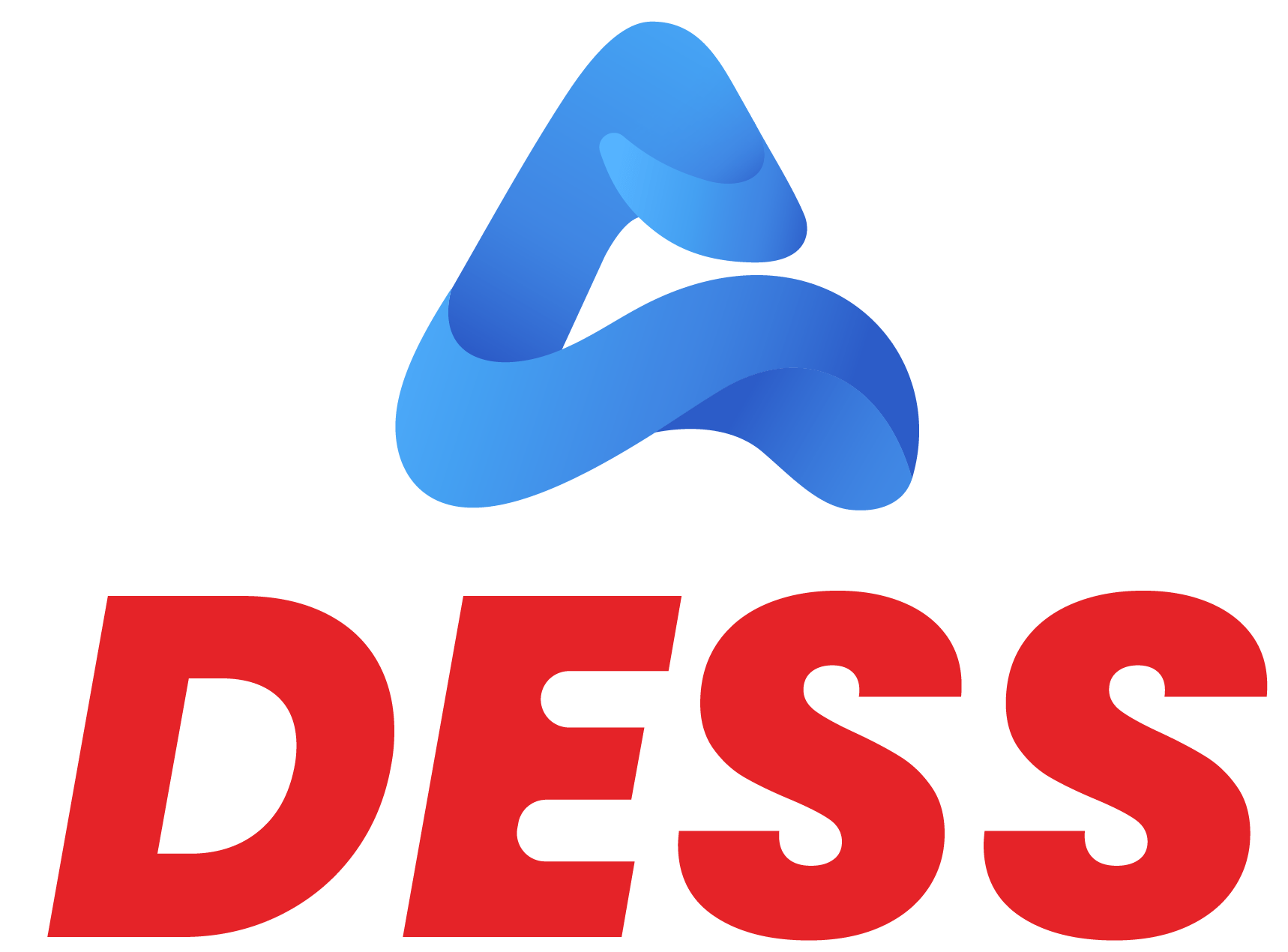Introduction
Good governance is the foundation of a successful and sustainable organization. It is a set of practices that ensure that an organization is accountable, transparent, and effective in its operations and compliance. At the board level, good governance transpires to the Board of Directors following such traits for decision-making.
According to the Accenture Modern Board 2020 survey, a modern board of directors can be defined as the organizational board that excels in five different areas: Mindset (pursuing workforce points and sharing responsibility with the C-suite management), Mission (readiness to respond to societal challenges that affect the workforce), Metrics (wide-ranging metrics help to guide corporate decisions), Muscle (confidence in the power and capacity of management to carry out workforce strategies) and Makeup (strong diversity on the board in several areas).
In a globalized business environment which is rapidly changing with numerous and complex elements, it is more important than ever for modern boards to adopt good governance practices. While corporate governance policies differ for each organization depending on varying goals and activities, board governance is broadly related to a group of holistic traits. As per an assessment by PricewaterhouseCoopers (PwC), these traits for good governance at the board level are defined as Accountability, Honesty, Responsibility, Independence, Social Responsibility, Transparency, Fairness. Our analysis here will outline the steps that organizations can take to implement good governance for their boards.
Define the Board’s Purpose
The first step in implementing good governance is to clearly and in detail define the purpose and the role of the board and its directors. This includes identifying the key responsibilities of the board and the skills required to fulfill those responsibilities. The board should also establish clear lines of authority, goals, accountability, and ensure that its members understand their obligations.
Establish Effective Processes
The next step is to establish effective processes involving different procedures for the board. This includes establishing compliant board meetings, developing accurate and well prepared meetings documents including agendas, resolutions and minutes, and setting clear policies for decision-making. The board should also establish clear procedures for communicating with stakeholders, such as shareholders, employees, and customers.
Foster a Culture of Accountability
Transparency and accountability are key traits of good governance. In addition to regulatory mandates, the board should maintain clear policies for disclosing information to stakeholders and ensure that its members are committed to transparency in their decision-making. The board should also follow a system for evaluation, monitoring and reporting on its performance, and regularly review and assess its governance standards.
Promote Diversity
An inclusive board is essential for good governance especially with the growing focus on corporate diversity. The board should strive to reflect the diversity of the stakeholders it serves, and ensure that its Board of Directors contribute a range of perspectives and experiences to the table. The board should also establish guidelines for promoting diversity and ensure that all members are held to the same standards of transparency.
Use Technology to Support Governance
Technology comes with solutions that automate different corporate governance activities thereby improving accuracy as they decrease human error. Technology in this way plays a critical role in supporting good governance. Dess’ board meetings software, for example, can improve collaboration and communication between board members, and provide an effective solution for engagement and decision-making. The solution promotes better efficiency at the board level by providing easy to use technology which holistically covers online voting and digital record-keeping among other areas of board management.
Regularly Evaluate Governance Practices
Good governance is an ongoing process, and it is important for organizations to regularly evaluate their governance practices. This includes regularly assessing the effectiveness of the board, and making changes as necessary to improve performance. The board should also conduct regular risk assessments to identify and address potential threats to the organization, and ensure that its governance practices are aligned with the organization’s strategic goals.
Encourage Stakeholder Engagement
The systematic identification, analysis, planning, and execution of actions aimed at communicating with stakeholders is known as stakeholder engagement and it is an inherent part of good governance. The Board of Directors should actively seek input from stakeholders, including shareholders, employees, customers, and the community, and engage with them on key decisions. The board should also be transparent about its decision-making processes, and ensure that stakeholders have access to the information they need to understand the organization’s activities.
Cultivate a Culture of Continuous Improvement
Continuous improvement at the board level means the continual development of the organizational policies and actions through both small-scale and significant advancements and this is essential for good governance. The board should regularly evaluate and review its activities , identify areas for improvement, and take action to enhance performance. The board should also encourage its members to continuously develop their skills, and create opportunities for professional training as well as organizational development.
Ethics and Compliance
The Board of Directors have the most important role in establishing and maintaining compliance and ethics in an organization. Programs formed by the Board for ethics and compliance with laws and regulations are critical components of overall good governance. In addition to forming a code of ethics, , it is equally imperative to ensure that all stakeholders understand their differing responsibilities in maintaining ethics and abide by these standards. To achieve consistent good governance, the board should also regularly monitor and assess its compliance with applicable laws and regulations.
Lead by Example
Finally, by demonstrating the importance of good governance and setting the tone for the rest of the organization, the board can lead by example. The board should be committed to transparency, accountability, and ethical behavior, and ensure that its members are held to the same standards. The board should also actively engage with stakeholders, demonstrate a commitment to continuous improvement, and take a strategic approach to decision-making.
Dess Digital Meetings enables the Company Secretary and Board of Directors to implement all the solutions required for good governance in a modern board. The solution helps create all meeting documents including resolutions and voting, attendance and reports, corporate governance reports, among others. Dess believes in innovation and it is built to solve real-world challenges and maximize ease-of-use to support boards and leadership teams analyze better, move quicker, and accomplish more.
In conclusion, good governance is essential for the success and sustainability of modern organizations. Implementing good governance requires the board to define its purpose, establish effective processes and procedures, foster a culture of transparency and accountability, promote diversity and inclusion, and use technology to support its efforts. By taking these steps, organizations can ensure that their boards are well-equipped to navigate the challenges of the modern business environment and create long-term value for their stakeholders.
About Dess
Dess Digital Meetings is the trusted board portal software solution used by Board of Directors, C-Level Executives, Corporate Secretaries, and Corporate Governance specialists. As a complete board meetings management solution, the software covers all aspects of electronic and paperless meetings lifecycle i.e. from being an agenda management solution to providing minutes management, digital signature, workflow, compliance, board evaluation solution, and video conferencing among others. The paperless board meetings solution also improves record-keeping by providing detailed archival facilities. It also works on all major devices including iOS, Android and Windows. By contributing to good governance initiatives, the solution works as an effective board governance tool for enterprises. To know more, write to [email protected]



